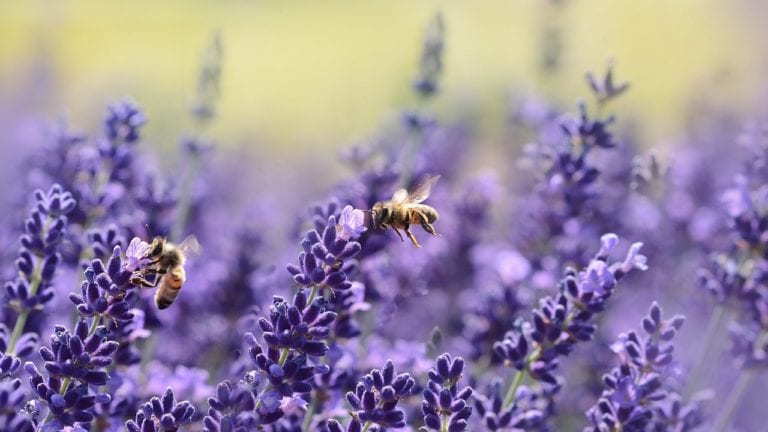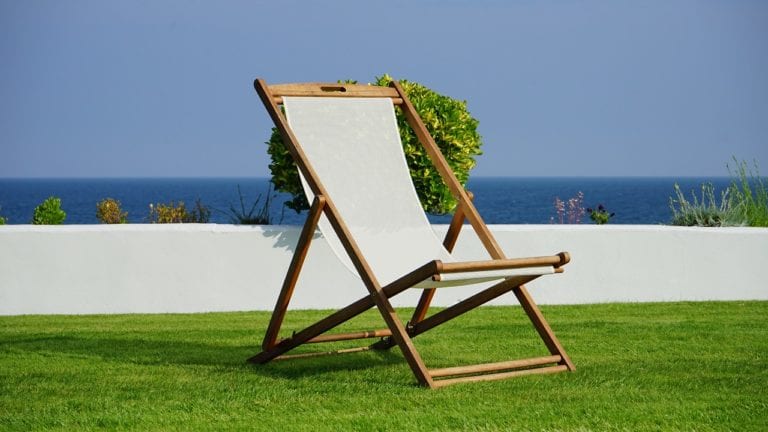As it is St David’s Day in March I thought it would be a good idea to honour the humble daffodil, the national flower of Wales.
Daffodils are actually found all across the UK and are a staple of flowerbeds for homeowners and public areas. But did you know these five daffodil facts?
Its name is inspired by Greek myth
The Latin name is Narcissus and though not completely confirmed it is believed it to be inspired by the Greek myth of Narcissus. The story goes that he once saw his face reflected in a pool and became so enamoured by his own beauty that he could not move, died and was replaced by the plant.
Daffodils are used to treat Alzheimer’s Disease
One of the more unusual reasons Wales is known for its daffodils are the large crops grown for Alzheimer’s medication. The bulbs and flowers contain an alkaloid called galantamine which helps to treat people with memory impairments of vascular origin.
It’s actually a bit of an interloper…
The national symbol of Wales is actually a leek but the Victorians thought it was more attractive to have the symbol of a flower rather than a vegetable. David Lloyd George, the only Welshman to serve as prime minister, was a supporter of the Narcissus so it became a tradition to wear the flower on St Davids Day. But interestingly enough, one of the many Welsh names for a daffodil is actually Cenhinen Bedr, or Peter’s leek.
How did it get a second name?
It is known as Daffodil because the word sounds remarkably similar to Asphodel. The Narcissus was frequently referred to as Asphodel despite the fact that their flowers look quite different. It’s not known when the ‘d’ was added to the start of the name but there are references to daffydowndilly all the way back to the 16th Century!
Do not confuse it for a leek!
Quite a few cases of mistaken identity have caused people to become ill after accidentally eating a narcissus bulb. Some varieties have been mistaken for onions or leeks and eaten but the bulbs are actually poisonous. So if you’ve got a vegetable patch with onions, make sure you plant them far away from your daffodils!
Bonus fact about leeks…
Leeks are for fighting battles!
Legend has it that he 7th century king of Gwynedd, Cadwaladr, is said to have ordered his men into battle wearing them for identification purposes and that the battle took place on a field of leeks. Leeks are also mentioned in Shakespeare’s Henry V as an emblem of Wales, and to be worn on the eve of battle.



